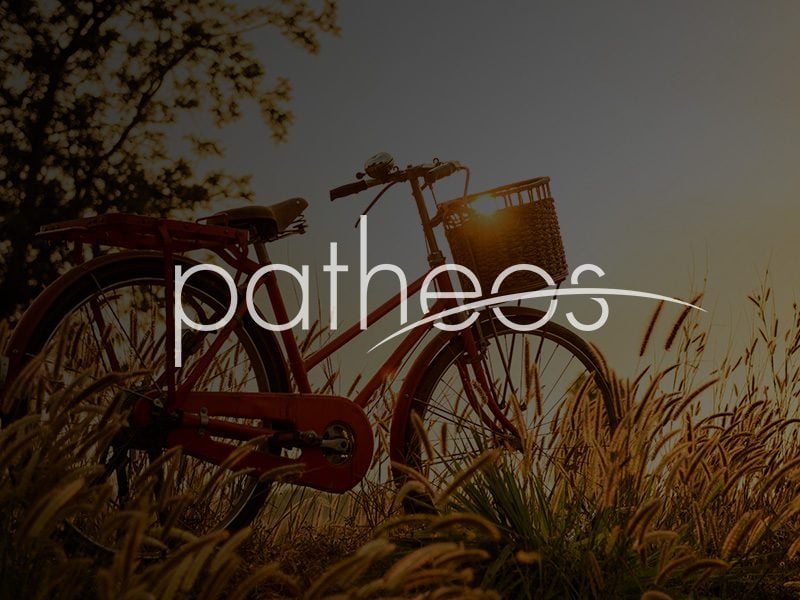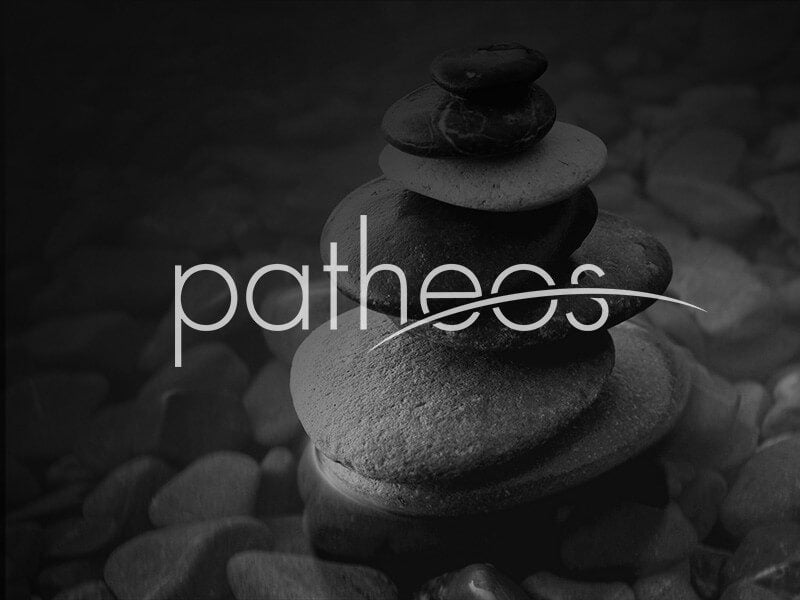Ancient Mesopotamian texts had a significant impact upon the material in the Bible. Some Mesopotamian sources, such as the Laws of Hammurabi and the Assyrian Vassal Treaties, had a direct impact upon the development of biblical material. Other Mesopotamian sources can be shown to share with the Bible similar phrases and motifs. One of these Mesopotamian connections includes a creation account featured in an Akkadian text known as KAR 4.
KAR 4 represents one of several stories of human origin from what Benjamin Foster labels the “Mature” period of Akkadian literature (i.e 1500-1000 BCE). According to Foster, myths from this period, including KAR 4 “are badly preserved and full of linguistic perplexities, to the extent that they are scarcely in a condition for fruitful comparative study.” (1) While not enough clarity exists to draw a certain conclusion regarding direct textual influence on the Bible’s creation stories, the attestation of various themes within both Genesis creation narratives that are foundational to Mesopotamian creation mythology (such as KAR 4) illustrates the types of motifs that may have impacted the development of these two Judean accounts.
The account reads:
Enlil said to them:
‘O Anunna-gods, great gods,
What should we do next?
What should we make now?’
The great gods who were present,
And the Anunna-gods, ordainers of destines,
Both replied to Enlil,
‘In Uzumua, the linking place of heaven with earth,
‘Let us slaughter Alla-gods,
‘Let us create humankind from their blood.
‘Their labor shall be labor for the gods;
‘To maintain the boundary ditch for all time,
‘To set the pickaxe and workbasket in their hands,
‘To make the great dwelling of the gods,
‘Worthy to be their sublime sanctuary,
‘To add field to field!
‘To maintain the boundary ditch for all time,
‘To regulate irrigation works for you(?)
‘To water the four abodes (of the earth),
‘To make the plant life flourish,
‘[ ] rainfall [ ].’
‘For maintaining the boundary ditch,
‘For heaping up plies of harvested grain
‘For making the fields of the Anunna-gods yield in plenty,
‘For making great the prosperity of the land,
‘For celebrating the gods’ festivals as they should,
‘For libating cool water,
‘For making the great house of the gods worthy
To be their sublime dwelling.
‘You shall call their names Ullegarra and Annagarra.’(2)
The narrative features several fascinating connections with the Genesis stories of creation. For example, the site Uzumua, identified in the text as the linking place of heaven with earth, assumed a significant role in traditional Sumerian portrayals of human origins. The Uzumua of Nippur was considered sacred ground into which the god Enlil drove his pickax in order to create humankind. As Thorkild Jacobsen explained, the “Uzu-mú-a, the ‘(place where) flesh sprouted forth,’… [was the location where] the first men grew up from the earth like plants.” (3) This motif is similar to the Yahwist’s description of the man, who like the plants and animals, came up “from the ground.”
Additionally, like the later Priestly version of creation influenced by J, the decision to create man in KAR 4 appears as a declaration of self reflection on the part of the divine council: “then God said, ‘Let us make man in our image and likeness (Gen 1:26).
The comparable Akkadian phrase in KAR 4 directed to the deities of the assembly in the context of human creation features the first person common plural injunctive form of the infinitive banû “to build/create” in the G stem i.e., “Let us create i nibnâ man amīlūta.” (4)
In this line, the Akkadian suppletive injunctive functions as a precative expressing “either a wish or an indirect command.” (5) This line, therefore, parallels the grammatical (and perhaps conceptual) imagery in Genesis 1:26 with the Akkadian precative i nibnâ matching the Hebrew cohortative (first person volitive mood) “let us.” (6)
These types of first person common plural volitive expressions directed to the council in Near Eastern texts provide evidence that Judean authors and their original audience may have perceived such expressions in biblical sources as addresses directed by Yahweh to the assembly of gods.
Additionally, KAR 4 shares the Yahwist’s view that humanity was created to assist with an originally divine agricultural labor. “Their labor shall be labor for the gods,” states the account in terms of the purpose of human existence, for they shall “make the plant life flourish,” and cause “the fields of the Anunna-gods [to] yield in plenty.”
These motifs suggest a strong thematic and perhaps historical correspondence between KAR 4 and biblical conceptions. This imagery represents one of a series of many conceptual overlaps between Mesopotamian texts and the Bible’s prehistory.(7)
Yet despite these connections, the literary and conceptual uniqueness of the Bible’s accounts make it difficult at present to determine whether this imagery reflects a specific Mesopotamian source or instead, was perhaps simply absorbed as part of the authors’ general cognitive environment.
NOTES:
1. Benjamin R. Foster, Before the Muses: An Anthology of Akkadian Literature (Behesda, MD.: CDL Press, 2005), 487. For a critique of Foster’s labels for the periodization of Akkadian literature, see Joan Goodnick Westenholz, “Review: In The Shadow of the Muses a View of Akkadian Literature,” JAOS 119 (1999): 83-84.
2. KAR 4 lines 14-37; 1’-6’ as translated by Foster, Before the Muses, 492-493.
3. Thorkild Jacobsen, “Sumerian Mythology: A Review Article,” JNES 5 (1946): 136.
4. For a definition of the Akkadian word banû and its use in the context of deities creating humans, see CAD 2:87.
5. John Huehnergard, A Grammar of Akkadian (HSS 45; Winona Lake, IN: Eisenbrauns, 2005), 144.
6. For an analysis of the cohortative in Hebrew attested in Genesis 1:26, see Joüon and Muraoka, § 114; note, however, that the authors refer to the grammatical form as “plural of deliberation with oneself,” (p. 374).
7. For Mesopotamian textual and cultural traditions upon the opening chapters of Genesis see Stephanie Dalley, “The Influence of Mesopotamia upon Israel and the Bible,” in The Legacy of Mesopotamia (ed. Stephanie Dalley; Oxford: Oxford University Press, 1998), 64-68; Jeffrey H. Tigay, “On Evaluating Claims of Literary Borrowing,” in The Tablet and the Scroll: Near Eastern Studies in Honor of William W. Hallo (eds. Mark Cohen et al.; Bethesda, MD: CDL Press, 1993), 250, 252, 255.











